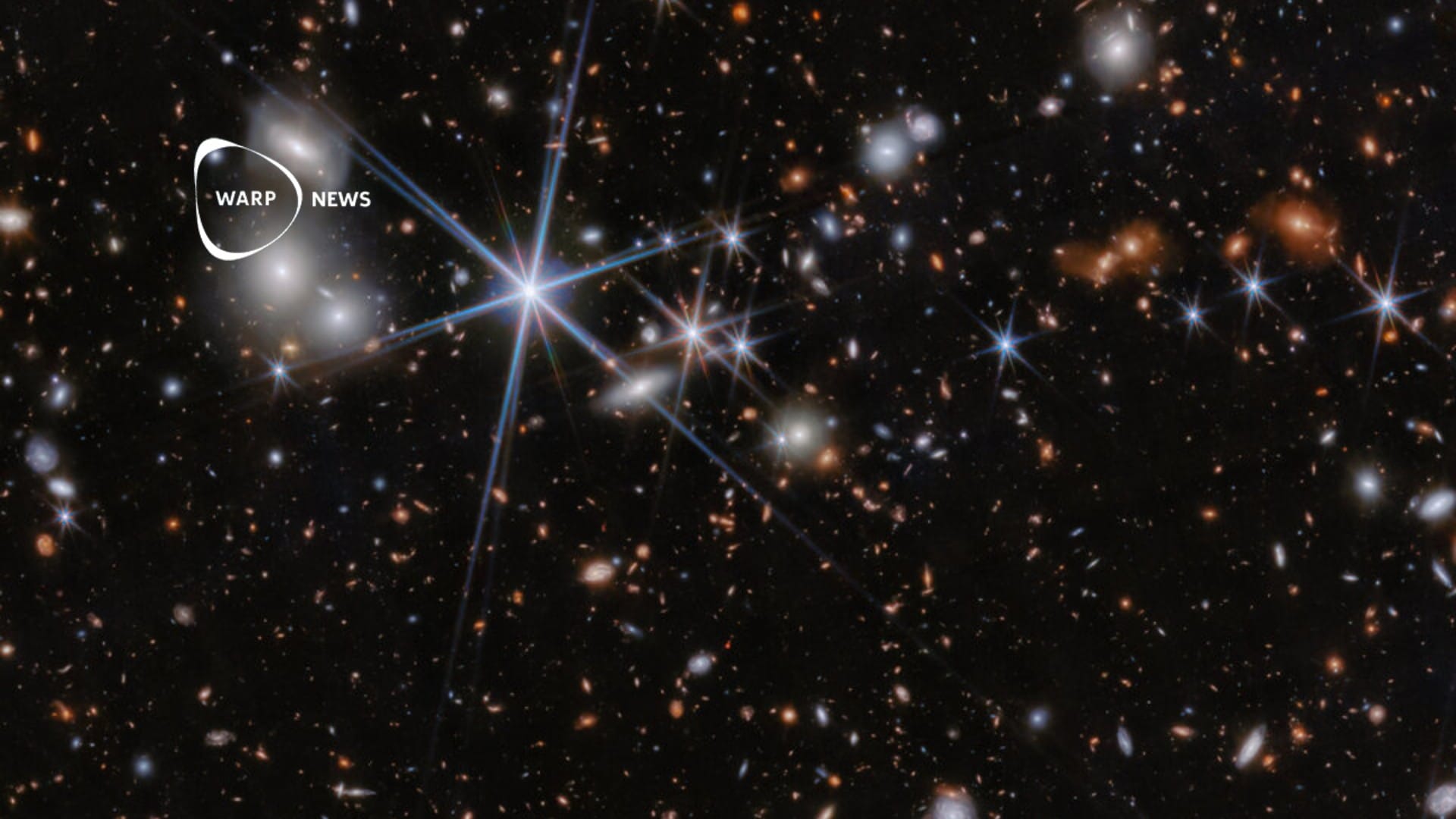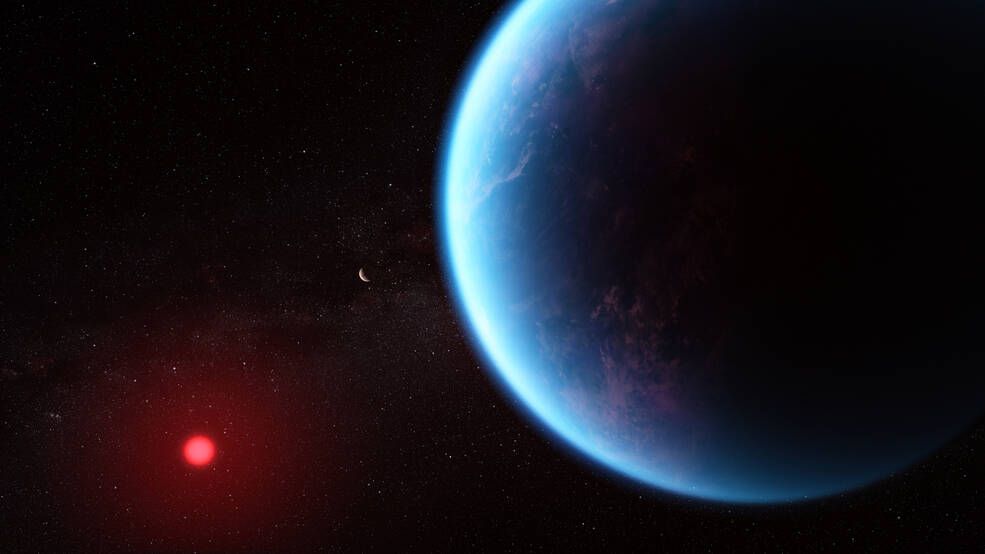James Webb Telescope
🔭 The Webb Telescope has discovered the earliest known black hole merger, "only" 740 million years after the Big Bang
One of the black holes is 50 million times more massive than the Sun. These findings help to understand how massive black holes have influenced galaxy development since the beginning of the universe.
🔭 James Webb Space Telescope uncovers never-before-seen features in the Milky Way's center
The Webb telescope's advanced infrared imaging has exposed aspects of the Sagittarius C region that were previously hidden. This new perspective reshapes our understanding of star formation in the galaxy's most extreme environments.
👽 Not alone anymore? New evidence points to life on distant planet
On a planet named K2-18b, over 120 light years from Earth, a telescope has possibly detected a molecule known as DMS. Why is that important? Because on Earth, DMS is only produced by life.
🔭 Water found on a massive exoplanet by Webb telescope
Ten times the size of Jupiter and partly extremely hot. Despite this, the James Webb telescope has discovered water on the planet.



